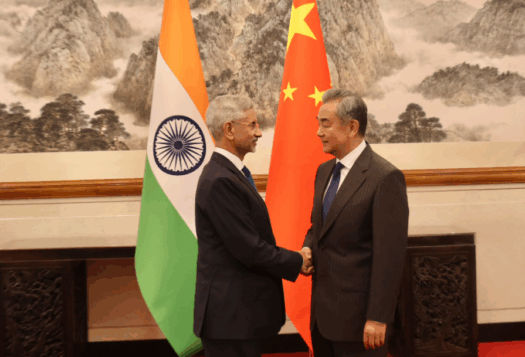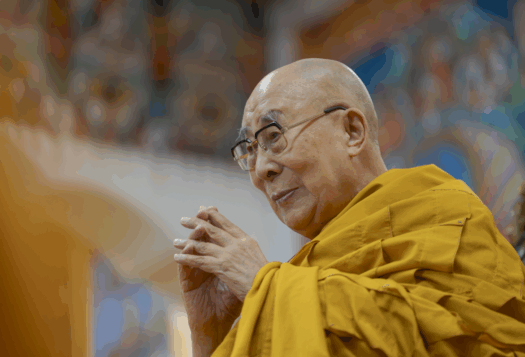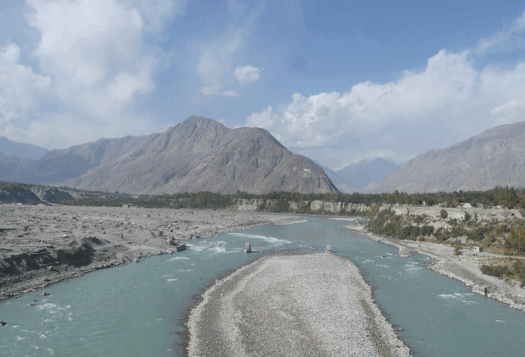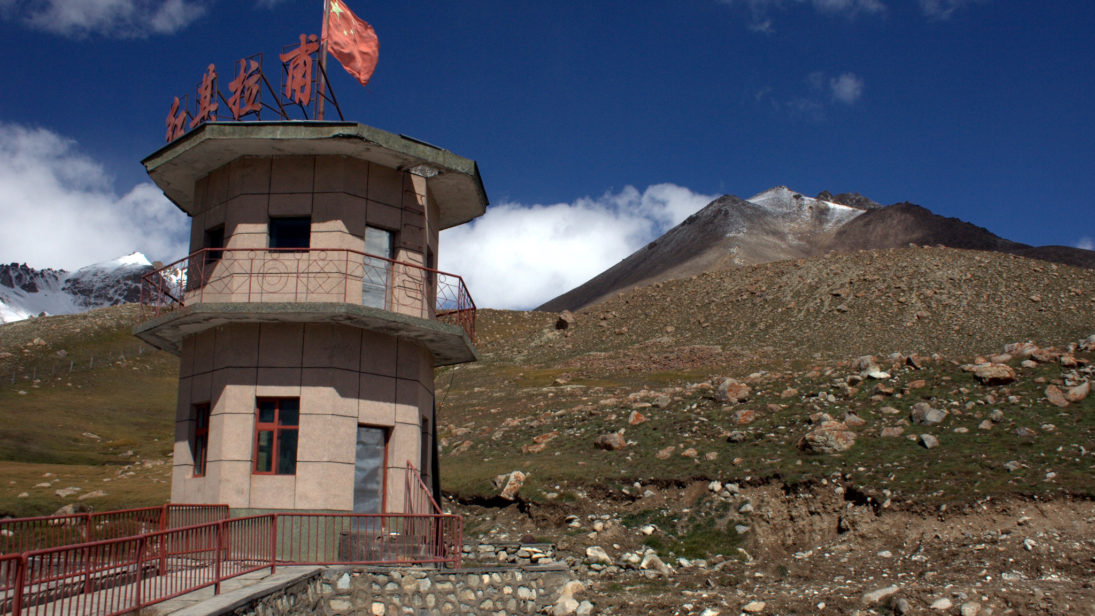
When the China-Pakistan Economic Corridor (CPEC) commenced on May 2013, Pakistan owed USD $4.1 billion to China, representing roughly nine percent of the country’s total external debt of USD $44.4 billion. By March 2020, the debt owed to China grew by 185 percent, with Pakistan owing USD $11.8 billion of its USD $72.7 billion external debt to its strategic ally. The figure is even higher if commercial bank debt from Chinese banks is included, which in 2019 stood at around USD $6.74 billion, according to IMF data.
This data raises the very real concern about a China debt problem for Pakistan, an issue raised by U.S. government officials and analysts. While Pakistan’s growing dependence on Chinese debt is of significant concern, the fact of the matter is that Pakistan’s debt problem is largely a function of the country’s own dysfunctional political economy, not Chinese malfeasance. This is an important point for an incoming Biden administration to recognize, as U.S.-China cooperation on encouraging reforms within Pakistan may be in both countries’ interest.
While Pakistan’s growing dependence on Chinese debt is of significant concern, the fact of the matter is that Pakistan’s debt problem is largely a function of the country’s own dysfunctional political economy, not Chinese malfeasance.
CPEC – Then and Now
When CPEC memorandums of understanding were signed in 2013, Pakistan was suffering from chronic power shortages and a growing insurgency—led by Taliban and other radical Islamist groups—that had shattered investor confidence. After the Pakistan Muslim League (Nawaz) (PML-N) came to power that summer, Prime Minister Nawaz Sharif singularly focused on ending these power shortages. There was, however, a catch: international investors were not too keen to invest in a politically unstable economy facing a violent insurgency. A persistent savings-investment gap also meant that these projects could not be financed by mobilizing domestic savings.
It is within this context that China stepped up to the plate. It saw an opportunity to further deepen ties with a strategic ally while diverting its own excess capacity towards infrastructure projects sorely needed by Pakistan, among other Belt and Road countries. The result was an end to chronic power shortages, a buildup of surplus power capacity, and the development of new roads and highways that improved connectivity across Pakistan.
While these projects helped in the near-term, they did little to solve Pakistan’s structural economic issues. The country continued to suffer from poor ease of doing business, remained uncompetitive when compared to peer economies, and was unable to grow its exports, which peaked at USD $25 billion in 2011. Additionally, Chinese-backed projects aggravated the power sector’s debt crisis, with the sector’s total outstanding debt—known as circular debt—growing to just over USD $13 billion in June 2020.
When the Imran Khan-led Pakistan Tehreek-e-Insaf (PTI) came to power in 2018, it inherited a major economic crisis, with the country quickly running out of foreign exchange reserves to meet its debt payment obligations. Abdul Razak Dawood, Imran Khan’s adviser on Commerce and Investment, told an international publication that the PML-N “did a bad job negotiating with China on CPEC” and “gave away a lot.” He also offered an insight into the PTI government’s thinking on CPEC, saying that “we should put everything on hold for a year so we can get our act together.” These remarks set off a firestorm, with Chief of Army Staff General Qamar Javed Bajwa visiting Beijing to deal with the fallout of Dawood’s remarks.
To accelerate implementation and remove bureaucratic hurdles, Khan’s government set up a CPEC Authority, making a retired general, Asim Saleem Bajwa, its chairman. The Authority became controversial in its early days, with reports alleging that the law governing the Authority gave its chairman immunity from anti-corruption investigations. While the ordinance giving legal cover to the Authority has lapsed, Bajwa has continued to hold senior meetings as CPEC Authority Chairman, irking parliamentarians and leading to confusion about the Authority’s status.
Despite economic issues in Pakistan, the PTI has continued projects under CPEC, building new highways, completing Pakistan’s first light rail metro in Lahore, and initiating the construction of a new CPEC city. China’s newly-appointed ambassador to Pakistan, Nong Rong, recently reiterated China’s commitment to CPEC, saying that “the construction of the CPEC has continuously achieved positive results.”
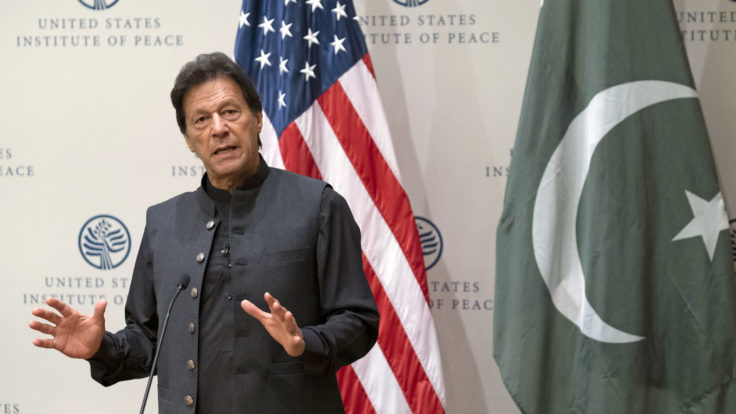
Breaking the Cycle of Debt
To be able to pay back debt owed to both Chinese and non-Chinese lenders, Pakistan must bolster its ability to sell more products and services to the rest of the world. Doing so, however, requires tough reforms that improve competitiveness and increase productivity. Without this, the cycle of debt-fueled growth that requires successive IMF bailouts and more bilateral loans from countries like China and Saudi Arabia is likely to continue.
The starting point should be the power and agriculture sector: the former needs reform to lower the per unit cost of power and eliminate circular debt, while the latter needs reform to boost yields, dampen food inflation, and grow incomes for nearly forty percent of the country’s workforce. While there has been talk about power sector reforms and renegotiations with power producers to bring down power prices and eliminate the flow of debt, progress has been slow. The agriculture sector, on the other hand, is facing a full-blown crisis, with the government swinging between throwing more money at the problem and using force against protesting farmers.
While China has sought to use economic statecraft to deepen ties with Pakistan, it is also quickly realizing that its influence has limitations.
Pushing these reforms requires confronting a major obstruction at the heart of Pakistan’s political economy: elite capture. Elite families maintain a firm grip over Pakistan’s political, bureaucratic, and security establishment. While real incomes have declined by over four percent for the average Pakistani household from 2016 to 2019, life continues to remain unchanged for elites. With Pakistan able to extract geopolitical rents—such as the economic support received in lieu of helping the U.S. war effort in Afghanistan—as needed from the United States, China, and others, there is no real incentive to reform. Additionally, most, if not all, of the necessary reforms that make Pakistan a more dynamic economy would hurt, not benefit, the elite.
While China has sought to use economic statecraft to deepen ties with Pakistan, it is also quickly realizing that its influence has limitations. New CPEC projects have slowed down, with Beijing not keen to provide low interest rates for the flagship ML-1 railway project. Despite its influence, China has also been unable to push Pakistan to finalize the sale of K-Electric to Shanghai Electric Power. Pakistan has also approached China to show flexibility in debt repayment obligations this year.
Implications for the Biden Administration
The United States has also long struggled to get Pakistan to change course, particularly around the country’s national security strategy. In 2019, Ambassador Alice Wells criticized CPEC at an event in Washington, D.C., arguing that “people in Pakistan are beginning to ask tough questions” about CPEC. The incoming Biden administration must recognize that pointed public criticism is likely to fall on deaf ears in Pakistan. Raising these concerns in private while offering alternative mechanisms to help Pakistan meet its economic development needs may be a better option.
A Biden administration should also recognize that China, despite its strategic ties with Pakistan, has showcased a willingness to press Pakistan when needed: for example, despite China holding the presidency of the Financial Action Task Force (FATF), Pakistan remained on the FATF grey list. When it comes to anti-terror and economic issues, such as when Pakistan needs IMF and Chinese loans to stabilize its economy, a Biden administration should seek to coordinate efforts with Beijing to encourage Pakistan’s elites to frontload tough reforms, including those that reduce the risk of Pakistan defaulting on Chinese debt payments. Despite a growing rivalry, both the United States and China have shared interests in Pakistan, and cautious diplomatic cooperation, rather than outright confrontation, may yield more optimal outcomes for all parties involved.
Editor’s Note: This article is part of the SAV series “Instruments of Influence? Chinese Financing in South Asia,” which analyzes the impact of China’s loans, investments, and financing on domestic politics and geopolitical dynamics in South Asia. The full series can be read here.
***
Click here to read this article in Urdu.
Image 1: Preston Rhea via Flickr
Image 2: U.S. Institute of Peace via Flickr
